
Unparalleled access to climbing, hiking, skiing and trail running makes Chamonix a dream house-move destination for the mountain enthusiast. But there are practical considerations too, says Will Harris, from high property prices and Brexit-related bureaucracy, to the sometimes-limited integration into the local French community. The mountains brought Will and his wife Amy to the area, but it's the people they've got to know and the work they do that make them want to stay.
Moving to the mountains was a long-term goal for myself and my wife, Amy. After a post-university year spent in Canmore in the Canadian Rockies we knew that we wanted to find a way to build a sustainable life in a mountain town. Fifteen years later we have achieved this, with myself working as an IFMGA mountain guide running Will Harris Guiding and Amy remote working as a chartered actuary in the insurance industry. We live on the hillside above Passy, a twenty-minute drive from the bustling tourist town of Chamonix, having recently moved down valley after seven years living in the town itself.
Our experience living in Canmore taught us that establishing a career in a mountain town can be challenging. We looked at the people a decade older than us and realized that to be able to live sustainably we would need to find a way to shape careers that would be both rewarding and compatible with living in the mountains. For me, mountain guiding was always the obvious answer. Whilst being a super keen and reasonably accomplished climber and skier is a prerequisite, more important to being a good guide in my opinion is a desire, aptitude for and enjoyment of spending time in the mountains with others. I'm lucky to climb and ski great objectives year-round, but more professionally satisfying are the relationships that I build with clients and the reward of helping them to achieve things that they previously thought impossible.
Combining time spent with a laptop and mobile phone with mountain adventures makes living in the area a possibility for many remote workers
For Amy the solution was to find a career that allows her to work from anywhere. After leaving study for a PHD in physics at St Andrews she undertook the lengthy training and examinations to become a chartered actuary. Actuaries are the data analysts who calculate risk in insurance, pensions and other industries. When you answer 100 questions on an insurance website and are returned a personalized quote an actuary probably built the model that calculated your price. Amy has been working remotely since long before the pandemic made it fashionable, and it was her move to working remotely for investors developing insurance products in developing markets which allowed us to first move to Chamonix in 2015. The fact that we can both do jobs that we find rewarding makes living in the mountains a long-term reality. Considering how this will fit together is probably the most important consideration for people thinking about making a permanent move. The lure of the hills is obvious, but as with all things in life, balance can be harder to achieve.
The most obvious benefit of living in Chamonix is the opportunity to climb and ski. The ease of access to alpine terrain is incomparable, with lifts making it possible to jump on a wide variety of routes in a day trip. For many first-time visitors Mont Blanc is the big attraction. For climbers, alpine objectives vary from short, moderate classics such as the Arete des Cosmiques (AD 3) to extremely challenging multi-day routes on the Dru and the Grandes Jorasses. Depending on the time of year ice and mixed routes on shady walls or sunny granite rock routes are climbable.
What people perhaps appreciate less is the variety of climbing in the valley and surrounding areas. There's good bouldering locally and a lifetime's worth within an hour's drive, with venues such as Médonnet, Val de Bagnes and Vernayaz all doable in a day trip. For single pitch sport climbing the crags on the outskirts of town are somewhat limited, but within an hour's drive there are dozens of good options, with the lower elevation Arve limestone and Aosta Valley cliffs making it possible to climb year-round. For bigger adventures away from the mountains we're spoilt with great multi-pitch sport climbing, both on slabby granitic rock on the Swiss border and on the larger limestone crags above Sallanches.
After a couple of seasons guiding on Scotland's west coast the prospect of another day walking through driving ran to reach the snow line was hard to look forward to. We can get unsettled weather, but seem to get far more sunny days than anywhere else that I have ever lived
A downside of living somewhere famous for its climbing are the inevitable crowds attracted by the quality and renown of the routes. Queues on the classics can be a real problem. The solution to this for me is threefold. There's so much to do away from the real honeypot routes that great alternatives are available to avoid the hordes, and the local knowledge that comes from living and working in an area means that I can usually think of somewhere quiet to head to if that's what is required. The second approach is to be tactical about when and where to climb, picking the right time and day to get to crux bottleneck pitches to combine good conditions with fewer people. Finally, sometimes it's best to accept the crowds for the chance to climb something super classic. By keeping a calm, friendly and communicative attitude it's possible to negotiate a smooth passage through the chaos.
The Chamonix valley seems to attract ever greater numbers of visitors, and whilst many come for the climbing and skiing there's much more on offer beyond that. The town hall reported that in 2022 for the first time there were more accommodation nights booked in summer than winter. The boom in trail running tied in with big events such as the UTMB, along with the bucket-list status of treks such as the Tour du Mont Blanc and the Walker's Haute Route undoubtedly contribute to this.
Away from the famous routes, there's endless opportunities for hiking and mountain biking in the area. If you don't like the sound of the busy trails and full to capacity huts on the TdMB then a diversion to a less visited trail like the Tour des Fiz gives similar views in relative solitude. The lift assisted mountain biking in Les Houches is as popular as ever, meaning that there's something for a wide range of hill goers.
It's often possible to start ski touring locally by mid-November and to still be skiing high in the massif towards the end of May, giving a long season for the super keen. When lower resorts are struggling for snow there's almost always somewhere good to go in the valley, with the altitude offered by the Aiguille du Midi and the Grand Montets a definite advantage. Whilst the off-piste runs around the ski lifts are usually full tracked by lunchtime on a powder day, the extensive choice in venue for ski touring means that with a little local knowledge you can be skiing fresh tracks for days and days.
Beyond the local climbing, hiking and skiing Chamonix's location central in the western alps is a major bonus. With Zermatt a two-hour drive away and Grindelwald and La Grave both reachable in three and a half hours there's a huge amount of alpine terrain within reach. For the keen rock climber on top of the extensive rock throughout the alpine chain there's loads of sport climbing destinations reachable for a weekend, with Ceuse, Saint Legere and Finale Ligura all around four hours away.
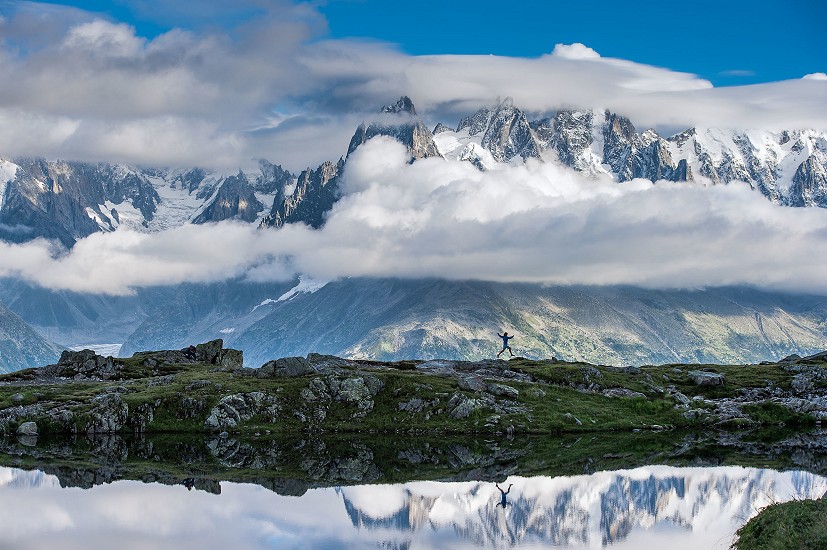
The variety of climbing, mountaineering and skiing within easy reach means that there's almost always something good to do. This is particularly useful from a professional perspective. My job as a mountain guide is to deliver quality days out in the mountains for my clients, and being able to move around to find good weather and safe conditions makes that much easier. Another factor that makes finding good things to do outside easier is the weather. After a couple of seasons guiding on Scotland's west coast the prospect of another day walking through driving ran to reach the snow line was hard to look forward to. We can get unsettled weather, but seem to get far more sunny days than anywhere else that I have ever lived.
Brexit has made it challenging for British passport holders now wanting to make the move to the alps
When thinking about the weather it's hard not to bring up the changing climate and the very real and noticeable changes taking place in mountains where I live. To walk up the ever-increasing number of steps from the Mer de Glace to the Montonvers railway station is to be painfully aware of the rapid glacial recession reshaping the landscape. The melting permafrost and the rockfall that this generates is a more immediate concern for climbers, meaning that routes must be attempted at cooler times of year to maximise the chance of safe passage. At their worst the changes that we experience year on year bring into question the long-term possibility of climbing and working in the mountains, but by being flexible it feels to me that we can adapt to still enjoy rewarding and safe adventures. The heatwave conditions of summer 2022 put lots of classic routes out of bounds to the cautious climber, but by heading to different routes and mountains I shared a brilliant and rewarding season with friends and guests in places that remain safe.
In a way living in the Chamonix Valley can feel like you aren't living in France. There's a large and international community of climbers, skiers and mountain guides who are based here. English is often the commonly spoken language through which anglophones, Scandinavians, South Americans and others communicate, meaning that it's often easy to get by with limited French. The disadvantage of this is that integration into local French society can be limited. Having recently moved to a much more 'French' village I'm hoping that with a bit of effort my language skills will continue to improve.
Remote working has undoubtedly reshaped the community in our corner of the alps. Many of our friends work from the shared office spaces in the valley or from spare rooms. Combining time spent with a laptop and mobile phone with mountain adventures makes living in the area a possibility for many people who wouldn't have had this option in the past.
The downside of this is the inevitable pressure that incomers put on housing. It would be hypocritical to complain about property prices driven up by new residents when we have been here for less than a decade ourselves. The long and the short of it is that there's a very limited supply of housing in the valley, and the increasing number of holiday homes and short-term holiday rentals makes the market even tighter. The ever-expanding concentric circles of affordability radiating from Chamonix town centre encourage people to look further away for property when it comes time to buy, with our recent move to Passy just one of many examples I know of. This is a story in mountain towns all over the world, but the fact that there is affordable property a short drive from the town means that it's less of a problem than in some North American ski towns where the distances involved make the daily commute less possible.
One topic that inevitably must come up is Brexit, and the challenges that leaving the European Union has created for other British passport holders wanting to make the move to the alps. We were fortunate to arrive before the changes came into effect, granting us a Carte de Séjour which means that we can live in France with the same rights that we enjoyed before. For those looking to make the move now things are trickier, with long term visas possible but difficult to access.
Our corner of the French alps very much feels like the right place for us. We feel well settled here, surrounded by supportive friends and a wider community of like minded mountain enthusiasts. The mountains that we have access to are what bought us to the area, but it's the relationships we've built and the work that we do which means that we will stay.
- SKILLS: Problem Solving when Abseiling 15 Dec, 2016
- SKILLS: Multi-pitch abseiling 7 Dec, 2016
- DESTINATION GUIDE: Canadian Rockies: Ice & Mixed climbing 3 Nov, 2016



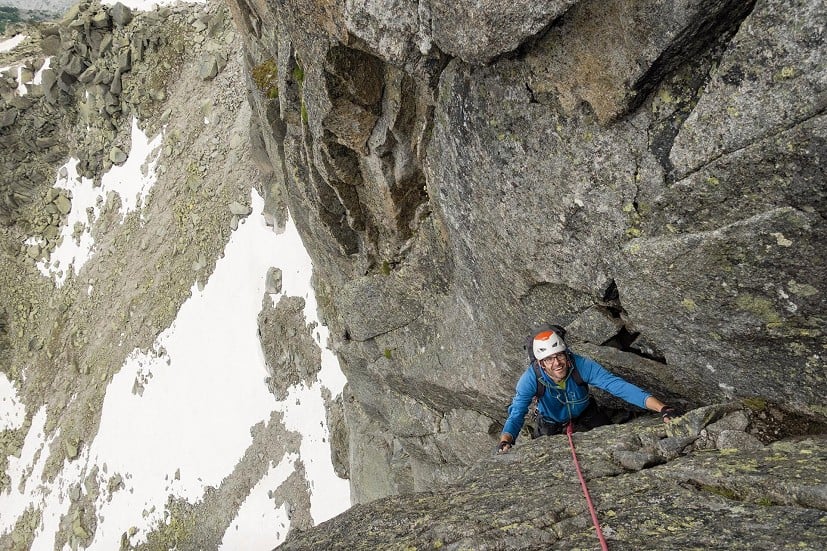
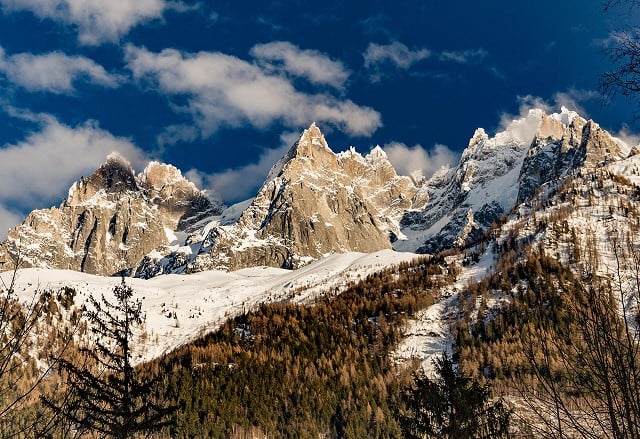
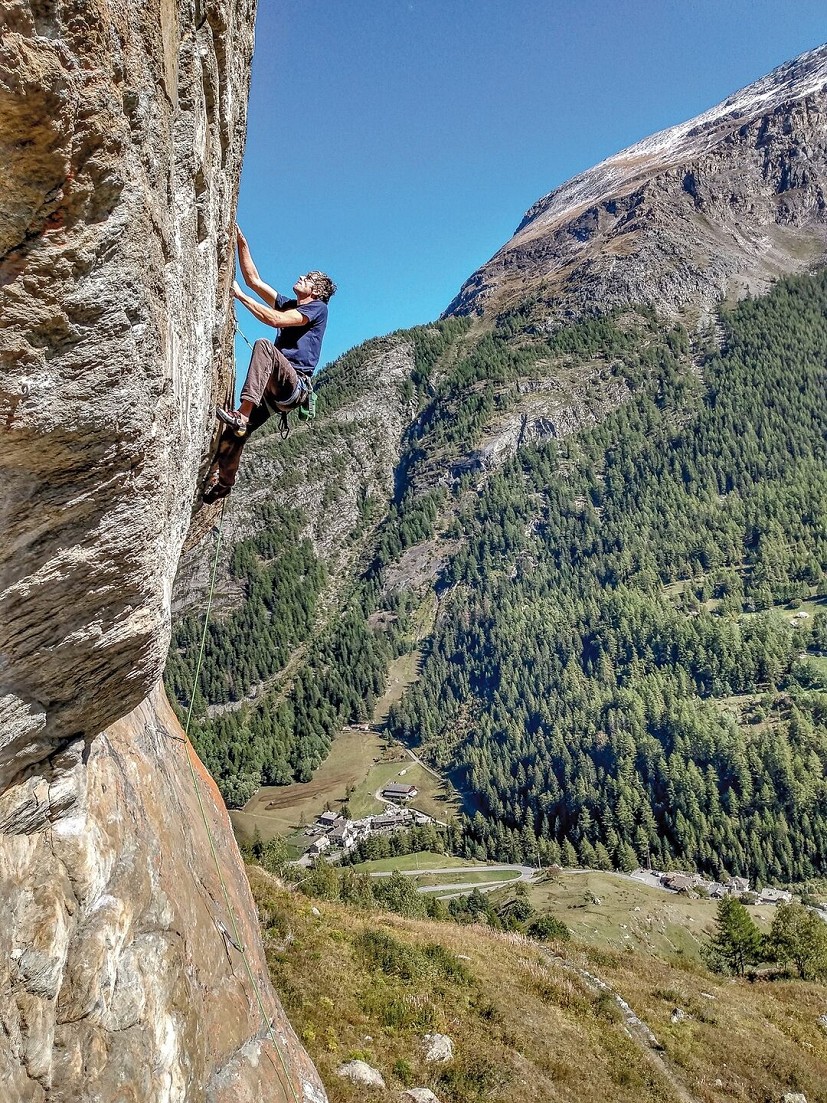
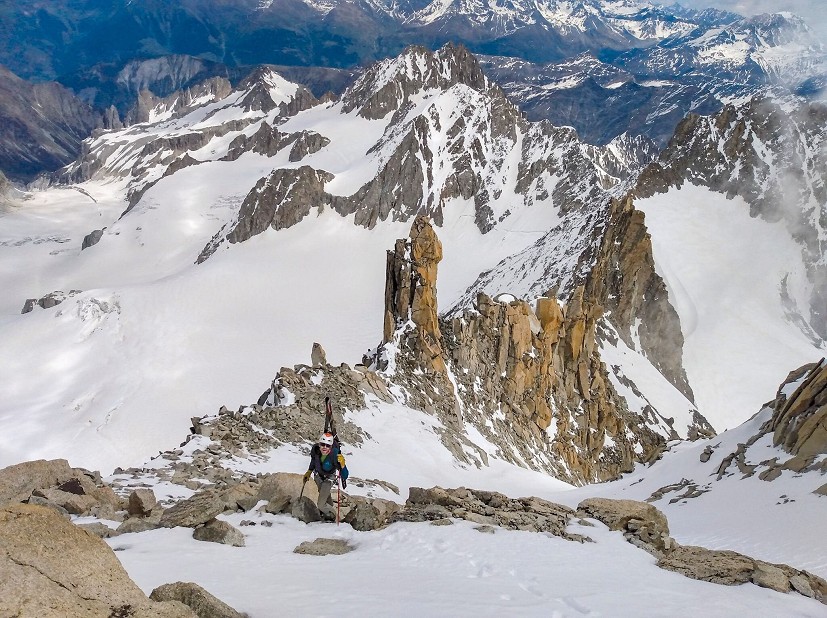

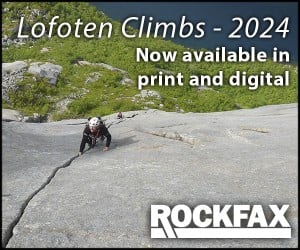







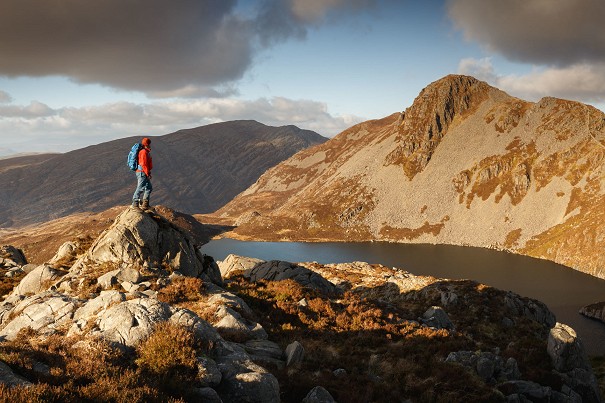
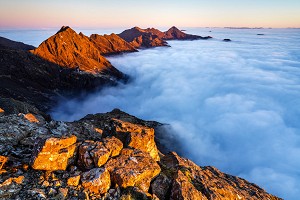
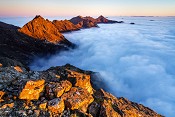
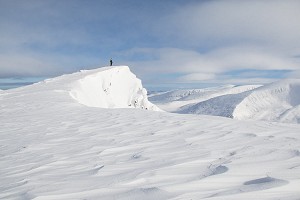
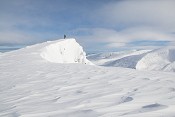
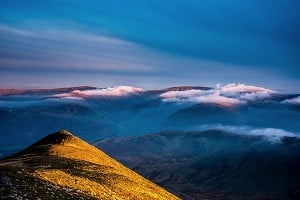
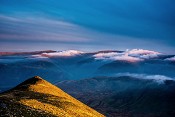

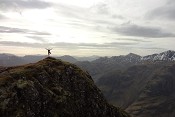
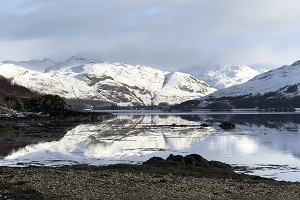
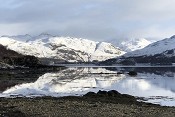
Comments
Enjoyed that, but I inwardly cringe whenever anyone working in the mountains refers to other climbers or tourists as "hordes". It's a pretty derogatory term for the people that make your life as a mountain guide possible.
I can't see anything in that article that remotely suggests the author would be being derogatory towards other people in the mountains. Quite the opposite, in fact.
I do wonder what is the value of these articles or who are the audience? Are they elaborated marketing pieces, as I see the majority are authored by mountain guides? I don't begrudge folk making a move to the mountains, it's something I continue to think about, so perhaps there is an audience. The reality for most people (and for me) is it's either unaffordable or impractical from a job perspective - unless your work is connected to the landscape or it can be done remotely. With that in mind, these articles land like glorified social media posts. I'm sure there are plenty of interesting stories where the move to the mountains hasn't worked out, or what about an article how we can all have the choice to move to the mountains and the politics of making that a reality?
I enjoy these articles (probably mostly for the escapism... er, about escapism) but I definitely sympathise - can't helping thinking what I really want is for UKC to time travel back 15 years and give me proper advice on how to find a meaningful profession with my skill set that would allow me to work anywhere other than a very small number of major cities, all in England... (Having tried and failed to find a way in Vancouver that would allow me to have anything like a proper career). The reality is a lot of jobs need to be done in certain cities/hives of government/finance etc (not every organisation is pro wfh or in favour of you working odd hours with a time difference, and that often it's very healthy for the worker anyway), a lot of professions AREN'T desirable for immigration purposes so you can't get the visa, and these moves aren't cheap or logistically easy for a lot (whether that's money, social isolation, etc).
There does seem to be a disproportionate number of outdoor professionals or tech bros (or maybe really useful people like nurses) in these stories, and I would dearly love to think other professions are possible - though I suspect it may be because they aren't!
There have been loads of positive comments about these articles from people who have enjoyed them. I know I have. They're not all from guides/instructors. I'd suggest maybe reading a few of the others.